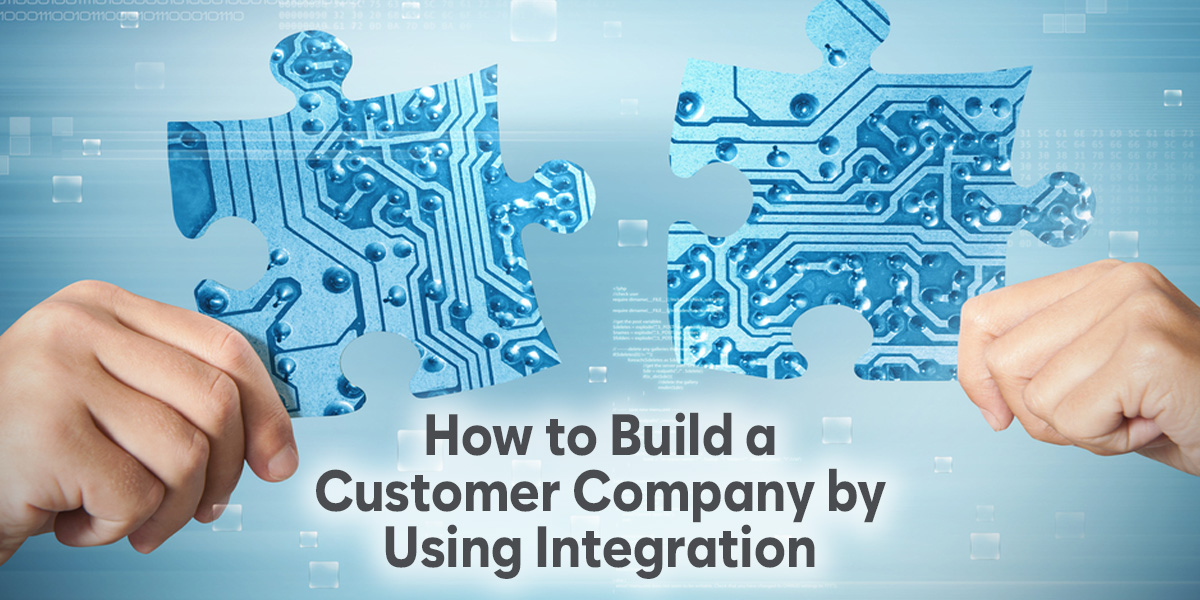In today’s business landscape, the diversification of applications has led to data silos across departments, teams, and platforms. This fragmentation poses a challenge in creating a seamless and personalized customer experience. To overcome this hurdle, companies need a comprehensive view of customer data across all applications, devices, and touchpoints. This can happen with integration. It’s not just about IT infrastructure anymore; it’s about using technology to revolutionize your fragmented business.
This blog explores the steps to building a customer-centric company through effective integration.
1) Identify all your customer touchpoints
Customers today interact with companies through various channels, and to build trust, it’s essential to engage them at every touchpoint. Salesforce’s concept of a “customer company” emphasizes the need to provide value by understanding and connecting with customers across multiple channels. To achieve this, businesses must identify all applications impacting customers throughout their journey, spanning customer targeting, acquisition, retention, collaboration, and understanding.
Connecting SaaS applications to on-premise systems and integrating new applications with legacy systems creates a unified view of customers. This comprehensive approach ensures that both direct and indirect touchpoints contribute to a holistic understanding of customer history
2) Use integration to deliver on your vision
Once customer touchpoints are identified, integration becomes the key to ensuring data consistency across the entire customer experience. Customer data extends beyond CRM systems to include information in marketing tools, billing systems, and more. Integration facilitates the seamless flow of data, ensuring that changes in one system reflect accurately across others. This not only eliminates data silos but also enhances the ability to analyze and personalize customer experiences.
Integration goes beyond connecting systems; it enables the orchestration of business process activities, automating tasks across the ecosystem. As new SaaS applications emerge, businesses must focus on securely, automatically, and repeatedly connecting these systems to remain agile and responsive to customer needs.
3) Go beyond integration: Design for agility
Integration alone is not enough; it should be accompanied by a design that prioritizes agility. Building custom connections for SaaS and legacy applications can be time-consuming and restrictive. The goal is to design for future challenges, anticipating shifts in customer needs and market disruptions.
An integration platform provides the flexibility needed for a constantly changing systems landscape. It allows businesses to identify gaps in their current tech stack. Thus, enabling them to connect applications seamlessly and plan for future technology purchases. As cloud purchasing decisions shift to business leaders, IT teams play a crucial role in ensuring all components fit together seamlessly.
Conclusion
In a world where the digital ecosystem is flooded with applications, modernizing your application architecture is crucial for building a high-performing customer company. The evolving needs of customers and partners demand a strategic combination of integration and innovation. As the IT landscape becomes more fragmented, the role of integration in connecting systems and fostering innovation becomes even more critical. By following these steps, businesses can navigate the complexities of modern technology and truly become customer-centric organizations, driving success today and in the future.



